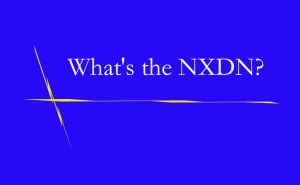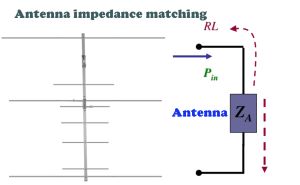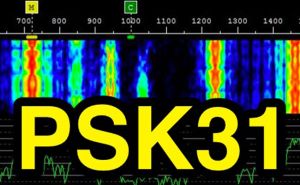Tag Archives :amateur radio
Why set the color code
- Nov 30,2021
- Yamy
- 0 Comments
- User Tutorial
Recently, our ham cute came over to ask why we need to set the color code. today let's talk about the color code. Everyone who uses digital radios knows that the color code is an important parameter for setting the digital channel, but why do you need to set the color code? We need to understand the source of the color code. ...
Why need to set time slot
- Nov 30,2021
- Yamy
- 1 Comments
- Radio knowledge
When setting the DMR channel, in addition to the color code setting, we also need to set the time slot. We know that the color code is set to reduce co-channel interference, so why set the time slot? ...
What's the NXDN
- Nov 25,2021
- Yamy
- 0 Comments
- Amateur Radio Topics
NXDN is short for Next Generation Digital Network, and a type of digital technology like DMR. ...
What's the center frequency of antenna
- Oct 28,2021
- Yamy
- 0 Comments
- Amateur Radio Topics
Each antenna has a certain frequency range called bandwidth. In the range, the antenna has the lower impedance and the highest efficiency, which is equivalent to a band-pass filter. The best frequency point in the middle of the frequency range is the center frequency, its SWR is the lowest, and the efficiency is higher. ...
What's the Local Oscillator
- Aug 30,2021
- Yamy
- 0 Comments
- Radio knowledge
The local oscillator frequency is a term often mentioned in the superheterodyne receivers. The local oscillator frequency is generated by the local oscillator circuit. There is a local oscillator in the superheterodyne receiver, which can output a stable high-frequency electromagnetic wave, which is mixed with the received high-frequency signal to produce a different frequency. This difference frequency is Intermediate frequency, that is heterodyne, which in turn forms superheterodyne receiver. ...
Why do we need AGC?
- Aug 30,2021
- Yamy
- 0 Comments
- Radio knowledge
AGC is short for Automatic Gain Control, which is used to amplify signals of different strengths with different gains so that the final output amplitude of the signal is maintained at the same standard. We know that in addition to AGC, we also have automatic level control (ALC), so why do we still need automatic gain control? ...
Importance of antenna impedance matching
- Aug 30,2021
- Yamy
- 0 Comments
- Radio knowledge
Impedance is an important parameter of the antenna, which is determined by the physical structure of the antenna, such as the shape, size, material, and environment of use. The impedance matching of the antenna is the process of matching both the impedance of the antenna and transmitting the source through tuning. So, why do you need to do antenna impedance matching? ...
How to set TX Authority of Ailunce HD1?
- Aug 26,2021
- Yamy
- 0 Comments
- User Tutorial
Many customers of Ailunce HD1 ask how to set the TX of Ailunce HD1 to be prohibited. do you know how to set it? There are four setting options for TX Authority of Ailunce HD1.we'll show how and why to set it in the blog. ...
What functions do you need for your desktop microphone
- Jun 30,2021
- Yamy
- 0 Comments
- Amateur Radio Topics
The desktop microphone is one of the commonly used devices in the Ham Room. However, there are many desktop microphones on the market, with various functions. The following are some features we sorted out. What features do you need? ...
What's PSK31?
- Jun 29,2021
- Yamy
- 0 Comments
- Amateur Radio Topics
PSK31 is the abbreviation of Phase Shift Keying 31.25 Hz. PSK31 is an excellent digital modulation mode and just needs extremely narrow bandwidth. its transmission rate is always maintained at 31.25 bits per second, so it is called PSK31. It is mainly developed by the SP9VPC and G3PLX. ...









